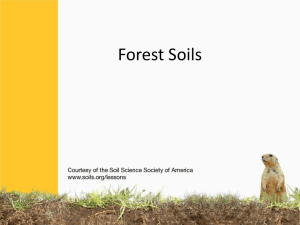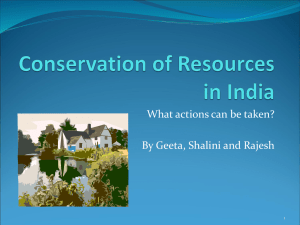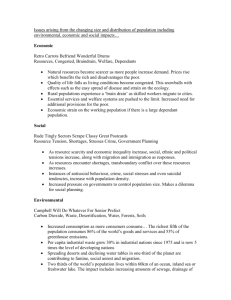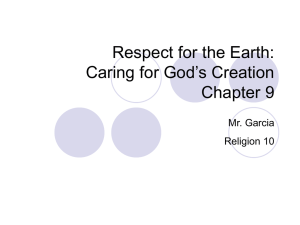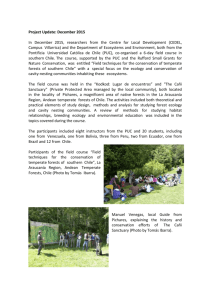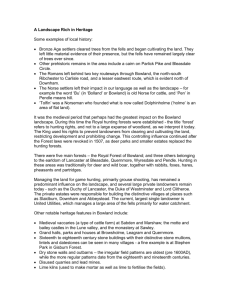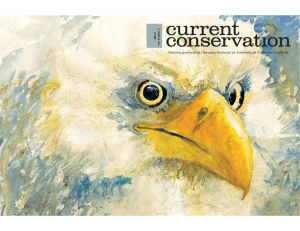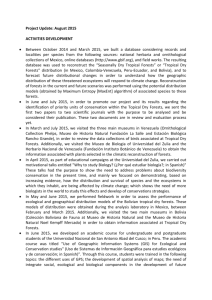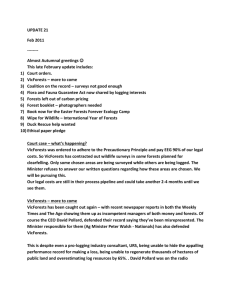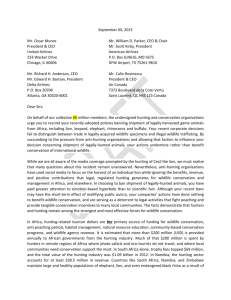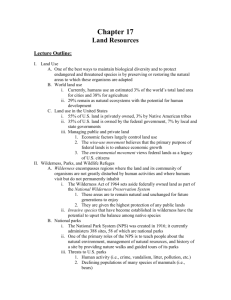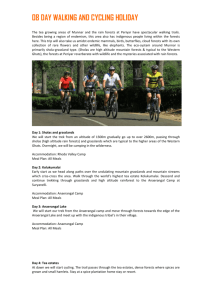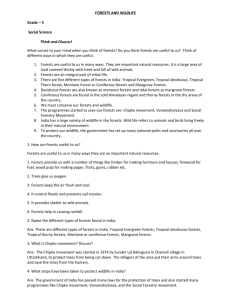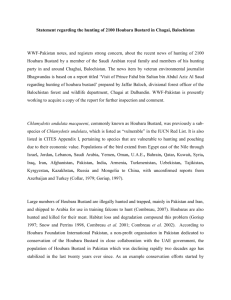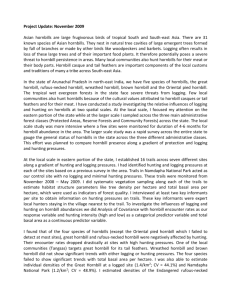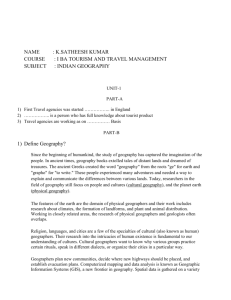Hannah Oberlander February 15, 2013 Mosely presents a balanced
advertisement
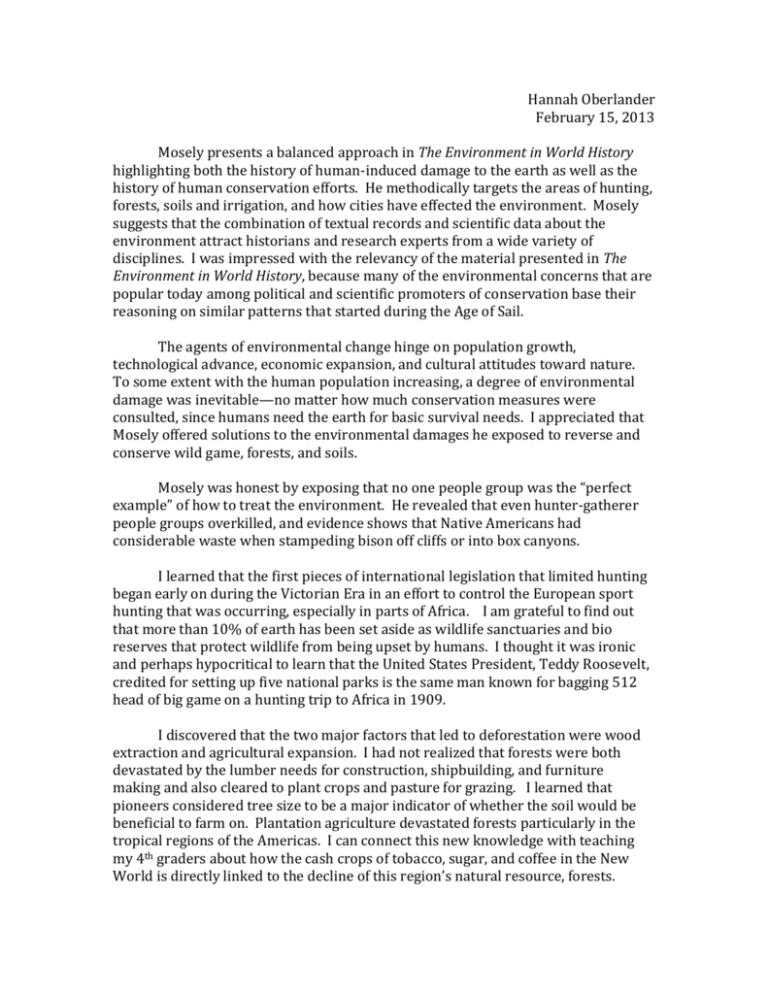
Hannah Oberlander February 15, 2013 Mosely presents a balanced approach in The Environment in World History highlighting both the history of human-induced damage to the earth as well as the history of human conservation efforts. He methodically targets the areas of hunting, forests, soils and irrigation, and how cities have effected the environment. Mosely suggests that the combination of textual records and scientific data about the environment attract historians and research experts from a wide variety of disciplines. I was impressed with the relevancy of the material presented in The Environment in World History, because many of the environmental concerns that are popular today among political and scientific promoters of conservation base their reasoning on similar patterns that started during the Age of Sail. The agents of environmental change hinge on population growth, technological advance, economic expansion, and cultural attitudes toward nature. To some extent with the human population increasing, a degree of environmental damage was inevitable—no matter how much conservation measures were consulted, since humans need the earth for basic survival needs. I appreciated that Mosely offered solutions to the environmental damages he exposed to reverse and conserve wild game, forests, and soils. Mosely was honest by exposing that no one people group was the “perfect example” of how to treat the environment. He revealed that even hunter-gatherer people groups overkilled, and evidence shows that Native Americans had considerable waste when stampeding bison off cliffs or into box canyons. I learned that the first pieces of international legislation that limited hunting began early on during the Victorian Era in an effort to control the European sport hunting that was occurring, especially in parts of Africa. I am grateful to find out that more than 10% of earth has been set aside as wildlife sanctuaries and bio reserves that protect wildlife from being upset by humans. I thought it was ironic and perhaps hypocritical to learn that the United States President, Teddy Roosevelt, credited for setting up five national parks is the same man known for bagging 512 head of big game on a hunting trip to Africa in 1909. I discovered that the two major factors that led to deforestation were wood extraction and agricultural expansion. I had not realized that forests were both devastated by the lumber needs for construction, shipbuilding, and furniture making and also cleared to plant crops and pasture for grazing. I learned that pioneers considered tree size to be a major indicator of whether the soil would be beneficial to farm on. Plantation agriculture devastated forests particularly in the tropical regions of the Americas. I can connect this new knowledge with teaching my 4th graders about how the cash crops of tobacco, sugar, and coffee in the New World is directly linked to the decline of this region’s natural resource, forests.


